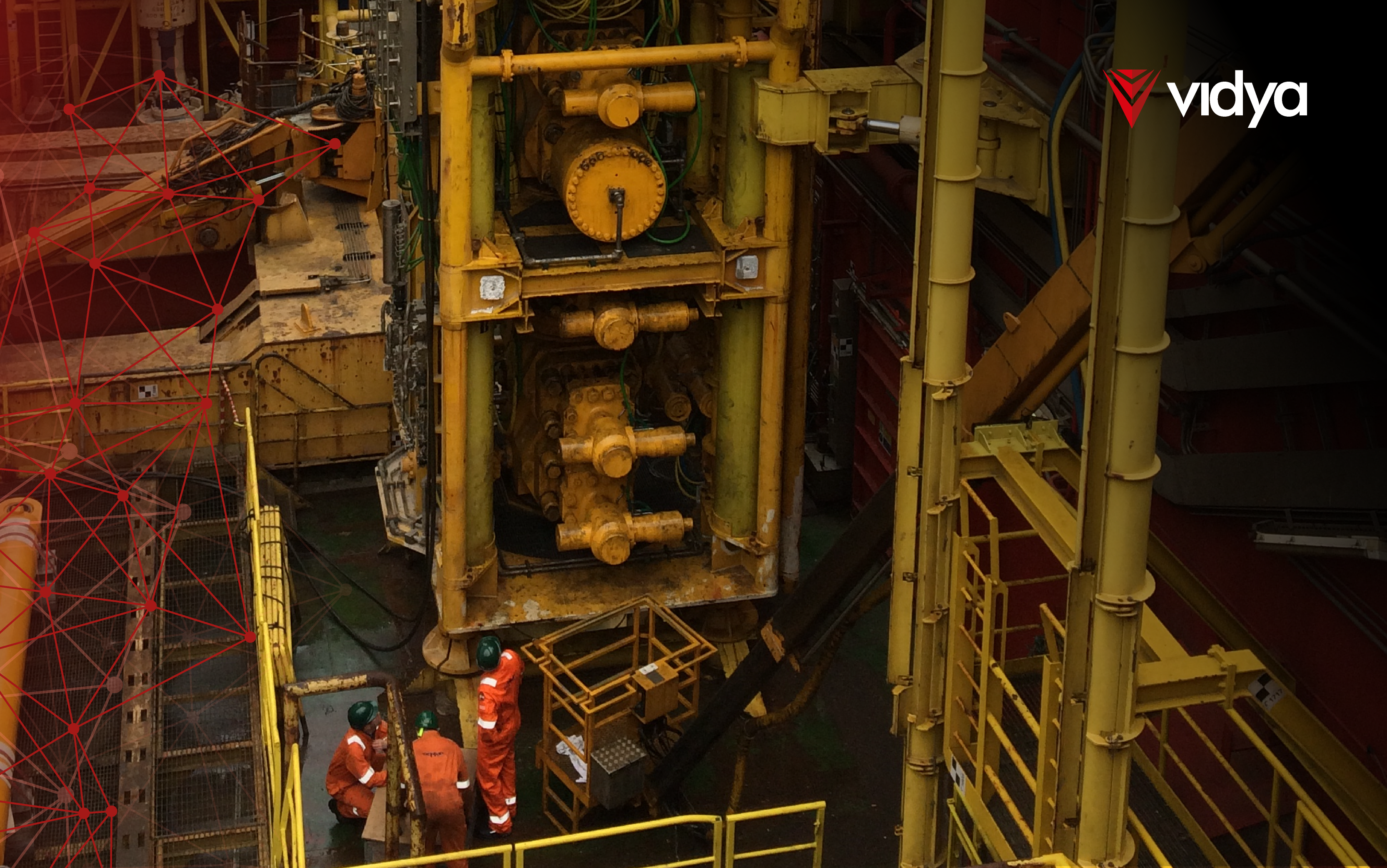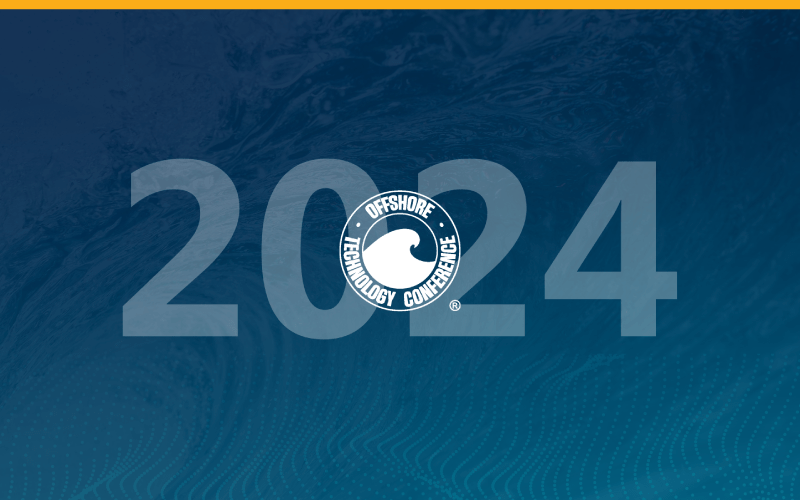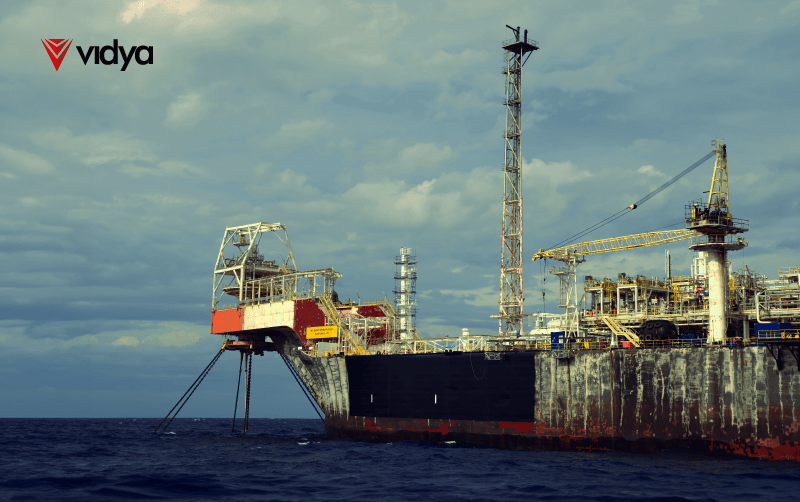Until 1894, we didn’t know extracting crude oil from subsea environments was possible. This changed when the lure of offshore production enticed Henry L. Williams and his associates to build a pier 90 meters out into the Pacific — and assemble a standard cable-tool rig on it. Since then, oil extraction has evolved in unprecedented ways. In recent years, new technologies have emerged as powerful tools for addressing the inherent challenges of exploring previously unreachable resources.
Indeed, subsea drilling still represents a complex operation that requires advanced techniques and skilled teams to achieve optimal efficiency and safety. And, despite the access to formerly unreachable waters, this activity poses unique challenges such as deepwater drilling, harsh environments, and high costs. However, before dissecting the challenges oil drilling possesses, it is essential to understand how the process works.
How Oil Drilling Works

Mapping a Basin
Drilling for oil is the process of extracting hydrocarbons, primarily crude oil, and natural gas, from the Earth’s subsurface. The process initiates with geologists mapping subsea oil basins and then meticulously determining the well’s ideal location and target depth for production. This planning phase also involves securing all necessary permits. Once the groundwork is laid, a shallow gas survey is conducted to identify and avoid potential pockets of gas that could disrupt drilling.
Preparing for drilling
Then, the drilling site itself undergoes preparation. This includes building access roads for equipment, setting up mud pits to hold excavated rock and drilling fluids, and digging holes for the conductor casing. This structure is a large-diameter steel pipe that refers to the first casing string installed at the beginning of the drilling process. Its primary purpose is to provide structural support and stability to the wellbore during the initial drilling phase.
Drilling mechanisms
Afterward, while the conductor casing is installed to isolate the wellbore from the top layers of soil and loose rocks, the drilling rig is transported in sections to start drilling finally. The drilling rig is formed by a variety of equipment and machinery, including the derrick, which is the tall structure that houses the drilling equipment, and the drill bit, which is the cutting edge of the drilling process. In this context, the drill bit is attached to the end of a drill pipe and is lowered into the ground. As the drill bit rotates, it cuts through the earth’s layers to the oil or gas deposit.
Reaching subsea Oil
The well is then drilled in stages, with each section followed by the installation and cementing of a casing string. These intermediate casings provide stability for the wellbore and allow for better control during drilling. Once the deposit is reached, the oil or gas is brought to the surface through a series of pipes called the production string. In essence, the process of drilling for oil can be a challenging activity that can take several weeks or even months depending on the depth of the deposit and the complexity of the drilling operation.
Challenges of Subsea Drilling
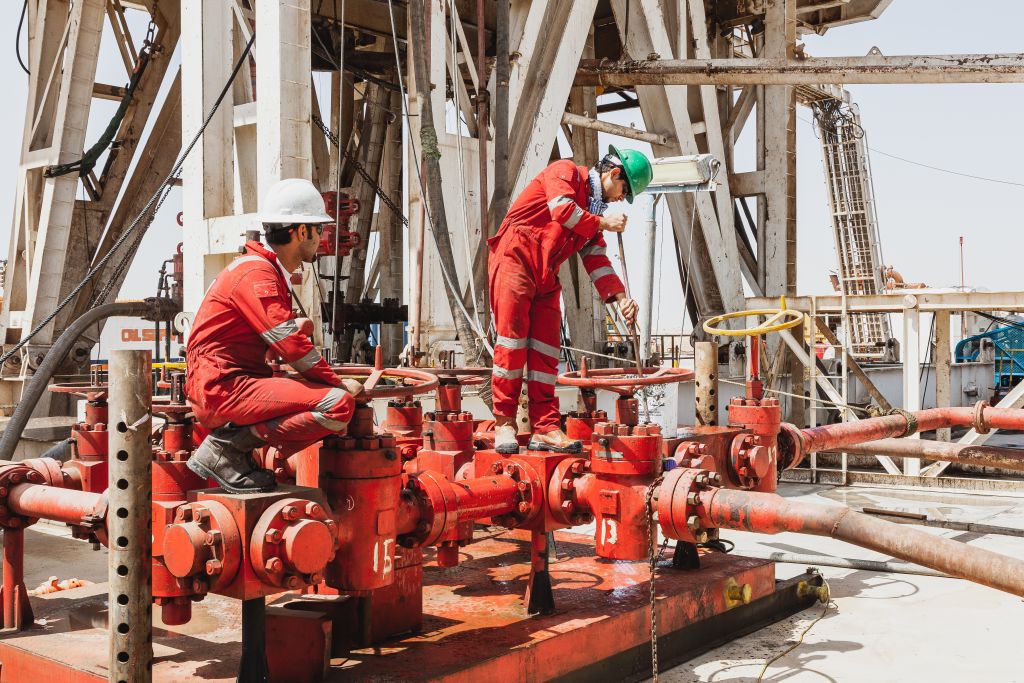
Drilling for oil is a risky process that poses various challenges to operations. The first major challenge is the extreme environment in which drilling takes place. Oil deposits are often located in remote, inaccessible areas. Some of the biggest oil reserves, for example, are located in the Gulf of Mexico, the Persian Gulf, and the North Sea. These harsh environments make drilling operations difficult and expensive, increasing the risks associated with equipment failure.
Another challenge is the technical complexity involved. Subsea drilling normally employs a wide range of sophisticated technology and big-scale equipment where small deviations or malfunctions can have serious consequences. In this regard, the logistical difficulties of emergency response and preparedness are complex and expensive. To address this kind of situation, regulations and safety standards take place aiming to standardize operations.
Nevertheless, field workers are also exposed to risks during oil drilling. From heavy machinery, work at heights, and slippery surfaces to immense pressure and hazardous materials, a strong safety culture is vital for successful subsea drilling operations. In this sense, operators must carefully plan and execute the process, while constantly monitoring and assessing if their routine is adequate to safety guidelines, minimizing these risks to ensure the safety of the personnel and the production environment.
According to the Journal of Petroleum Technology, despite an increase in complexity, improvements in subsea well access to technology have allowed more complex wells to be drilled to a greater depth such that drilling can be developed at a greater distance from the drilling or production structure, allowing more energy to be produced with less environmental impact.
How Subsea Drilling challenges can be overcome
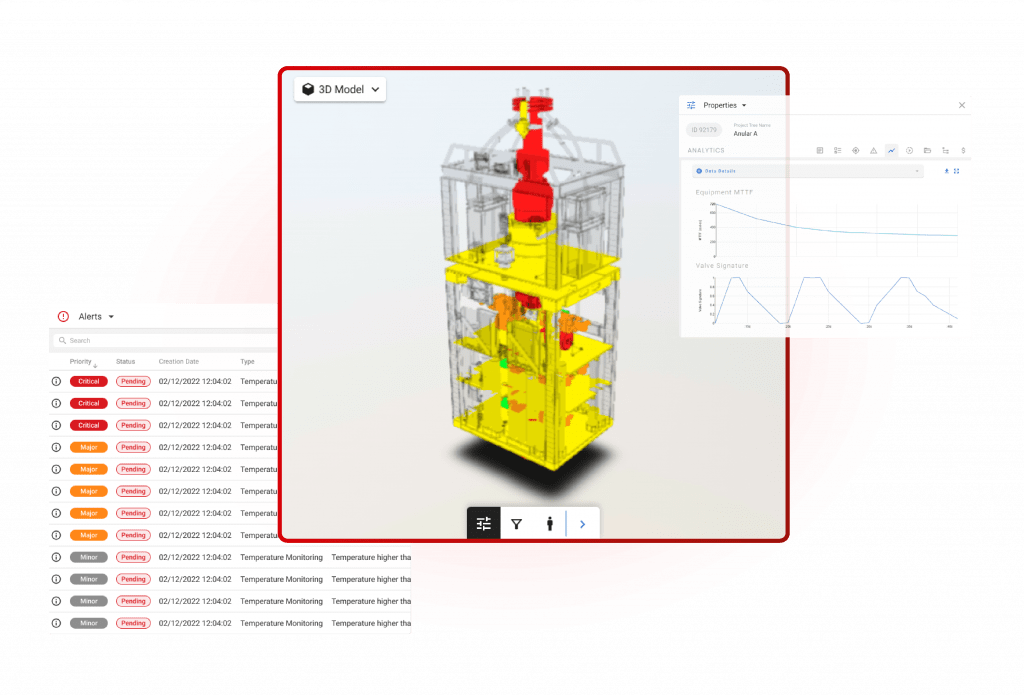
Drilling for oil presents an inherent equation: vast potential reserves often reside in some of the most unforgiving environments on Earth. And, given the harsh conditions subsea operations encounter, the application of new methods of condition monitoring and analytics has become a crucial factor in keeping adequate operating conditions in the long run. However, the oil and gas industry can move towards safer, more efficient, and more reliable drilling operations by adopting specific drilling technologies.
Certainly, extreme drilling environments require specialized drilling rigs that can withstand the harsh environments of these processes. For instance, the high-level friction and temperature of Earth’s subsurface penetration make equipment repair and replacement extremely expensive and time-consuming. Within this scenario, remote operation technologies and automation, such as ROVs and underwater drones, can enhance reliability and extend equipment lifetime by preventing accidents.
Likewise, these harsh environments implicate hazardous conditions for on-site workers. For this reason, drilling operations demand a strong safety culture. This involves equipping workers with advanced protective gear, providing comprehensive training programs specific to subsea drilling hazards, and fostering a culture of risk mitigation. According to the Official Magazine of the International Association of Drilling Contractors, the worldwide lost-time incidence rate increased by 30.8% to 0.17 in 2021, compared with 0.13 in 2020.

Beyond that, subsea drilling relies on a complex interplay of sophisticated technology and large-scale equipment, which difficult even further the extraction of hydrocarbons from the ocean’s depths. Knowing this, new technologies have been enhancing the management of the large datasets these operations present by contextualizing information into a unique system. For example, unified data analysis and standardized protocols support monitoring of performance and early detection of anomalies.
Through specific-tailored technological innovations and robust safety protocols, the oil and gas industry moves toward safer, more efficient, and sustainable subsea drilling practices, ensuring the responsible extraction of vital resources from beneath the ocean floor.
Maximum Subsea Drilling efficiency: the Digital Well Integrity Application
Under these circumstances, Vidya Technology – an international Deeptech specialized in AI software with hardware and engineering experience – developed a digital platform solution with applications to the specific challenges of subsea drilling, the Digital Well Integrity. The solution supports subsea integrity managers by contextualizing data diffused on silos and building a digital workflow that increases the management of assets, as remotely or virtually as possible, combining data-driven insights, in a fully integrated way.

Conclusion
Drilling for oil and gas in subsea environments presents a range of unique challenges for the production itself and field workers. The harsh environments, high risks, and the complexity of technology and regulations make it challenging to ensure the optimal safety and efficiency of these operations.
As the oil and gas industry navigates the complexities of subsea drilling, advancements in digital technologies are pivotal in overcoming these challenges and ensuring efficient resource extraction. In this volatile context, platforms like Vidya can be fundamental to reduce costs, streamline complex processes, and safeguard professionals and the environment.
Learn more about the historical evolution of offshore drilling:
